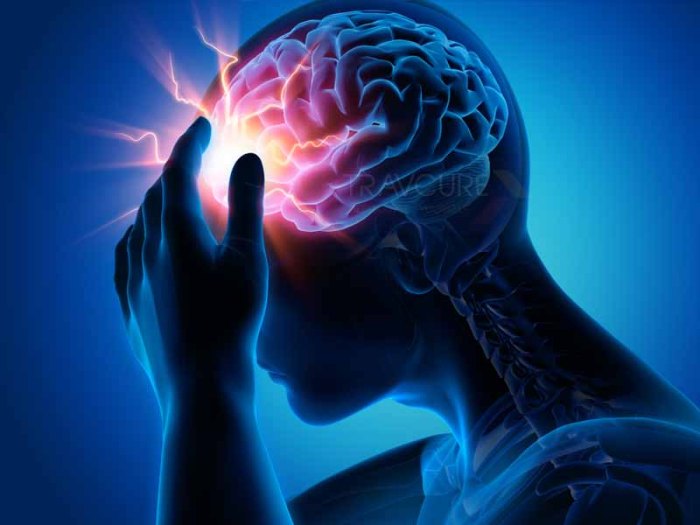The
hip is basically a ‘ball-and-socket’ joint which has a ball at the upper end of
the thighbone that firmly fits within the socket that is a part of the large
pelvis bone. This hip joint is not properly formed for babies and children with
developmental dysplasia of the hip (DDH). As a
result the ball fits loosely within the socket and is therefore susceptible for
dislocation. Developmental dysplasia of the hip can
either be present at the time of birth or may sometimes develop during the first
year of the child’s life. It has been observed that tight swaddling of babies
hips and knees in a straight position increases risk of developing DDH
following birth. It is therefore very important that parents learn how to
safely swaddle their infants and to understand that improper swaddling can
eventually lead to problems like DDH.
Types of Developmental
Dysplasia of the Hip Cases
The
socket is quite shallow in all types of developmental
dysplasia of the hip and due to which the ball of thighbone is unable to
firmly fit for the joint. In some cases, the ligaments which help in holding
the joint are also stretched. The following three are the types of DDH based
upon the degree of instability or hip looseness among children.
● Dislocated – This is the most severe type of DDH where the ball of femur
is completely out of the socket.
● Dislocatable – While the head or ball of the femur lies within the
socket in this type, the head of the thighbone can easily be pushed out of the
acetabulum socket during physical examination by the doctor.
● Subluxatable – This is the mildest type of DDH where the ball of the
femur is simply loose-fitting within the socket. As a result the thighbone can
be moved within the socket during physical examination but will not dislocate
the joint.
The
idea of surgery on an infant is enough to distress any parent. Nevertheless,
children have amazing powers of healing and can successfully regrow bones to
normal lengths along with naturally straightening out bends. Some of the most
commonly performed surgical procedures for DDH in children include Closed
Reduction, Open Reduction, Pelvic Osteotomy, and Femoral Osteotomy. However, a
spica-cast is commonly used after the operation so as to keep the hip aligned
in the newly corrected position.
Recovery Following DDH Surgery
Body
casts or braces are required for many children in order to keep the hip bone
within joint following DDH surgery. This is usually kept in place for 2 to 3
months of time. However, the doctor may change the cast if required during this
time. Follow-up monitoring includes x-rays which are required after DDH
surgery. This may also be needed until the child completes the growth phase. Most
children undergoing DDH surgery are able to develop a normal hip joint and
which will have no limitation in function as well. Moreover, in cases where DDH
is left untreated, it can lead to pain and osteoarthritis in patients by early
childhood.
Affordable Hip Dysplasia Treatment in India
Hip dysplasia treatment in India is an excellent opportunity for
parents around the world whose children are suffering from this disorder.
Pediatric orthopedic surgeons in India are considered to be some of the best
doctors who are adept in performing a wide-spectrum of treatments for infants
and young children. While the quality of hip dysplasia
treatment in India is at par with the best in the world, it is the hip dysplasia surgery cost which is most alluring.
Overseas patients who are concerned about the rising cost of healthcare within
their own countries can in fact save substantial amounts of their hard earned
money by undergoing hip dysplasia treatment in India for
their children.



























